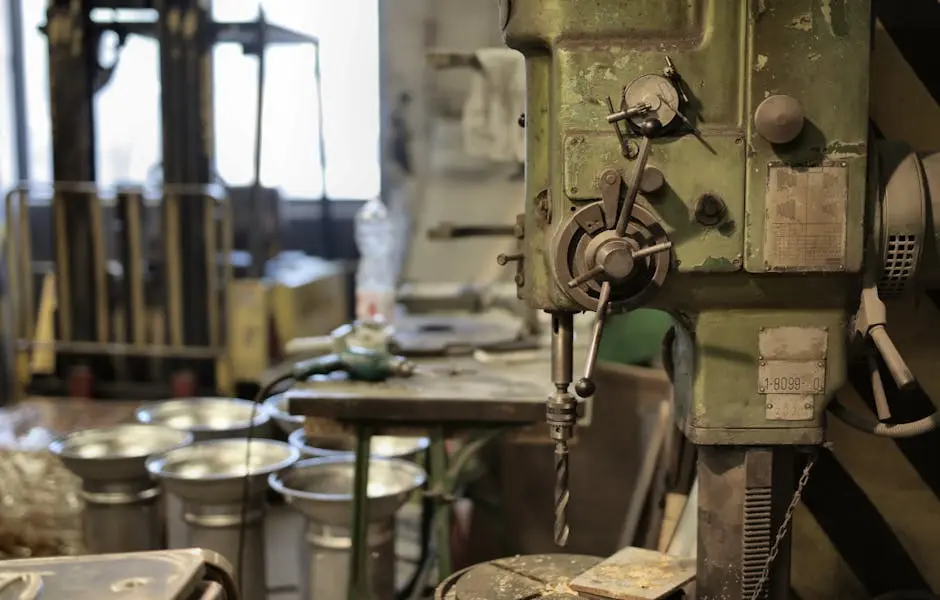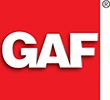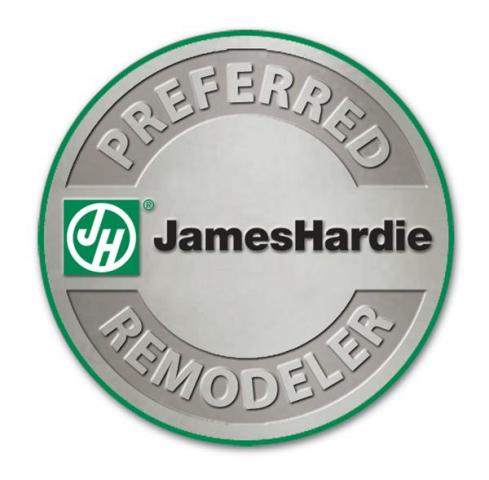1. Understanding Metal Roofing Materials
When it comes to metal roofing, the choice of material is crucial. The most common options include steel, aluminum, copper, and zinc. Each material has its unique characteristics and benefits. Steel is durable and affordable, making it a popular choice for residential roofs. Aluminum is lightweight and resistant to corrosion, ideal for coastal areas. Copper is known for its elegance and longevity, often seen on historic or high-end homes. Zinc offers exceptional durability and self-healing properties. Understanding the differences between these materials can help you make an informed decision when selecting the right one for your home.
Metal roofing materials vary in terms of lifespan, cost, and maintenance requirements. Steel roofs are budget-friendly and can last up to 50 years with proper care. Aluminum roofs are lightweight and resistant to rust, making them low maintenance but slightly more expensive. Copper roofs are premium and can last over 100 years if well-maintained. Zinc roofs have remarkable durability and can self-repair over time. By knowing the characteristics of each material, you can choose a metal roof that suits your budget and maintenance preferences.
In addition to choosing the right material, the color and finish of your metal roof play a role in its performance and maintenance. Dark colors absorb more heat, potentially increasing your cooling costs in hot climates. Light colors reflect sunlight, reducing heat absorption and energy bills. Special finishes can enhance the durability and weather resistance of your roof. Consider factors like climate, energy efficiency, and desired aesthetics when selecting the color and finish of your metal roof.
2. Inspecting Your Metal Roof for Damage
Regular inspections are essential for maintaining a metal roof in top condition. Start by examining the roof from the ground using binoculars to spot any visible issues like loose or missing panels, rust spots, or debris accumulation. Next, perform a closer inspection by walking on the roof if it’s safe to do so. Check for dents, scratches, punctures, or signs of water damage. Pay attention to areas around chimneys, vents, and gutters where leaks are more likely to occur.
After a severe storm or harsh weather conditions, it’s crucial to inspect your metal roof for damage promptly. Look for signs of impact from hail, fallen branches, or debris. Even small dents or scratches can compromise the protective coating of your roof, leading to corrosion and leaks over time. Timely repairs are key to preventing extensive damage and maintaining the integrity of your metal roofing system.
Leaks are a common issue with metal roofs, often caused by improper installation, corrosion, or damage. Inspect the seams, flashing, and fasteners for signs of wear or gaps that could allow water infiltration. Use a hose to simulate rain and check for any leaks inside your attic or ceiling. Addressing leaks promptly is essential to prevent water damage to your home’s structure and belongings. Regular inspections and proactive maintenance can help you detect and repair leaks before they escalate.
In addition to visual inspections, consider enlisting the help of a professional roofing contractor for a comprehensive assessment of your metal roof’s condition. Experienced roofers have the expertise and equipment to identify hidden issues and recommend the necessary repairs or maintenance tasks. Investing in regular roof inspections can prolong the lifespan of your metal roof and save you from costly repairs down the road. By staying vigilant and proactive, you can ensure that your metal roof remains in optimal shape for years to come.
3. Cleaning and Removing Debris Safely
Maintaining a clean metal roof is essential for preserving its appearance and performance. Regularly remove debris such as leaves, branches, and dirt that can accumulate on the roof surface and in gutters. Use a soft-bristle brush or a leaf blower to gently sweep off loose debris without causing damage to the roofing material. Avoid using harsh chemicals or abrasive tools that could scratch or corrode the metal surface. Keeping your metal roof free of debris prevents water blockages, mold growth, and potential damage to the roof structure.
In addition to clearing debris, it’s important to clean your metal roof periodically to remove dirt, mold, and mildew. Use a mixture of mild soap or detergent and water to wash the roof surface gently. Avoid pressure washing metal roofs, as high water pressure can strip off protective coatings and damage the finish. Rinse the roof thoroughly with clean water and inspect for any remaining stains or spots. Regular cleaning not only enhances the curb appeal of your home but also extends the lifespan of your metal roof.
Safety is paramount when cleaning or removing debris from a metal roof. Wear appropriate protective gear such as gloves, non-slip shoes, and safety harnesses if working at heights. Avoid walking on a wet or slippery roof to prevent accidents. Consider hiring professional roof cleaners for thorough and safe maintenance. By following proper cleaning techniques and safety precautions, you can keep your metal roof looking great and functioning efficiently for years to come.
4. Preventing and Repairing Leaks
Preventing leaks in your metal roof starts with proactive maintenance and timely repairs. Inspect the roof regularly for signs of wear, corrosion, or damage that could lead to leaks. Seal any gaps in seams, flashing, or roofing panels to prevent water intrusion. Apply a quality sealant or roof coating to enhance the waterproofing properties of your metal roof. Addressing minor issues promptly can prevent them from turning into costly leaks that damage your home’s interior.
Repairing leaks in a metal roof requires careful attention to detail and the right materials. Identify the source of the leak by tracing water stains or drips in the attic or ceiling. Clean the area around the leak and apply a durable roof patch or sealant to stop water infiltration. Replace damaged panels or sections if necessary to ensure a watertight seal. Consider calling a professional roofer for complex repairs or extensive leaks that require specialized knowledge and equipment.
In addition to proactive measures, installing a secondary waterproofing barrier beneath your metal roof can provide an extra layer of protection against leaks. Waterproof membranes or underlayment can help prevent water penetration in case of severe weather events or roof damage. Consult with a roofing expert to determine the best waterproofing solution for your metal roof based on your climate and local weather conditions. By combining preventive maintenance and effective leak repair strategies, you can safeguard your home from water damage and maintain a dry, secure interior.
5. Maintaining Gutters and Downspouts
Proper gutter maintenance is essential for the overall health of your metal roof and home. Clogged gutters and downspouts can lead to water backup, ice dams, and roof leaks. Regularly inspect and clean gutters to remove leaves, dirt, and debris that obstruct the flow of water. Check for signs of rust, corrosion, or loose fasteners that may compromise the stability of the gutter system. Ensure that downspouts are clear and direct water away from the foundation to prevent water damage to your property.
In addition to cleaning gutters, consider installing gutter guards to reduce the accumulation of debris and simplify maintenance. Gutter screens or covers can prevent leaves and twigs from entering the gutter system while allowing water to flow freely. Trim overhanging branches that can shed leaves onto the roof and gutters. Monitor the performance of your gutters during rainy seasons and make adjustments as needed to maintain proper drainage and protect your metal roof from water-related issues.
Regularly inspect the connections between gutters, downspouts, and the roof edge for signs of leaks or damage. Ensure that all components are securely fastened and adequately sealed to prevent water seepage. Repair loose or damaged sections promptly to maintain the integrity of your gutter system. Consider hiring a professional gutter maintenance service for thorough cleaning and repairs, especially for multi-story homes or complex roof designs. By keeping your gutters well-maintained, you can prolong the lifespan of your metal roof and prevent water damage to your home.







